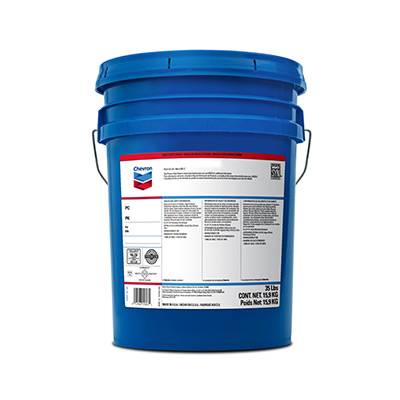Dec . 04, 2024 20:37 Back to list
two types of gate valves
Two Types of Gate Valves
Gate valves are essential components in various industrial applications, playing a crucial role in regulating the flow of fluids within pipelines. They are often preferred for their ability to provide a straight-line flow path, resulting in minimal pressure loss. There are two primary types of gate valves the wedge gate valve and the parallel gate valve, each possessing distinct characteristics and advantages.
Wedge Gate Valve
The wedge gate valve is perhaps the most common type utilized in piping systems. Its design features a wedge-shaped disk that fits tightly against the valve seat when closed, effectively stopping the flow of fluid. The wedge can be single or double-disc, with the double-disc design being more efficient in high-pressure applications.
One of the significant advantages of the wedge gate valve is its ability to create a tight seal, which minimizes the risk of leakage. This attribute makes it ideal for applications that require absolute shut-off, such as in water distribution systems and oil and gas pipelines. Additionally, the wedge gate valve is typically more durable and can handle higher pressures and temperatures compared to other types of valves.
However, wedge gate valves have some limitations. They are not suited for throttling applications due to the potential for a significant pressure drop and erosion that could occur if partially opened. Additionally, the design can result in significant torque being required to open or close the valve, especially in larger sizes.
two types of gate valves

Parallel Gate Valve
The parallel gate valve features a unique design where the gate elements are parallel to the valve seat. Unlike the wedge design, the parallel gate valve can provide better sealing capabilities under varying pressures, making it a suitable choice for applications where the pressure of the fluid may fluctuate.
Parallel gate valves are known for their quick opening and closing capabilities. This feature is particularly beneficial in processes where flow control needs to be adjusted rapidly. Furthermore, these valves are easier to operate manually, requiring less torque to open or close, which is advantageous in systems where frequent adjustments are necessary.
One of the potential drawbacks of parallel gate valves is their tendency to wear more quickly than wedge gate valves, particularly under high-pressure conditions. The parallel design may also lead to a greater risk of leakage over time as the seats wear down, which might require more frequent maintenance and replacements.
Conclusion
In summary, both wedge and parallel gate valves have vital roles in fluid control systems, each offering unique benefits and potential drawbacks. The choice between the two primarily depends on the specific requirements of the application, including factors such as pressure, fluid type, desired flow control, and maintenance considerations. Understanding the distinctions between these two types of gate valves allows engineers and operators to select the most suitable option for their particular needs. Whether choosing a wedge gate valve for its robust sealing capabilities or a parallel gate valve for its operational efficiency, making an informed decision is essential for ensuring optimal performance and reliability in fluid handling systems.
-
Y Type Strainer Maintains System Efficiency Long TermNewsJul.15,2025
-
Valve Selection Guide for Industrial ApplicationsNewsJul.15,2025
-
Steel Fab Table Provides Durable Work Surface for WeldingNewsJul.15,2025
-
Pad Iron Provides Stable Support for Heavy MachineryNewsJul.15,2025
-
One Inch Check Valve Fits Standard Plumbing SystemsNewsJul.15,2025
-
Measuring Micrometer Ensures Precise Dimensional AccuracyNewsJul.15,2025
Related PRODUCTS









